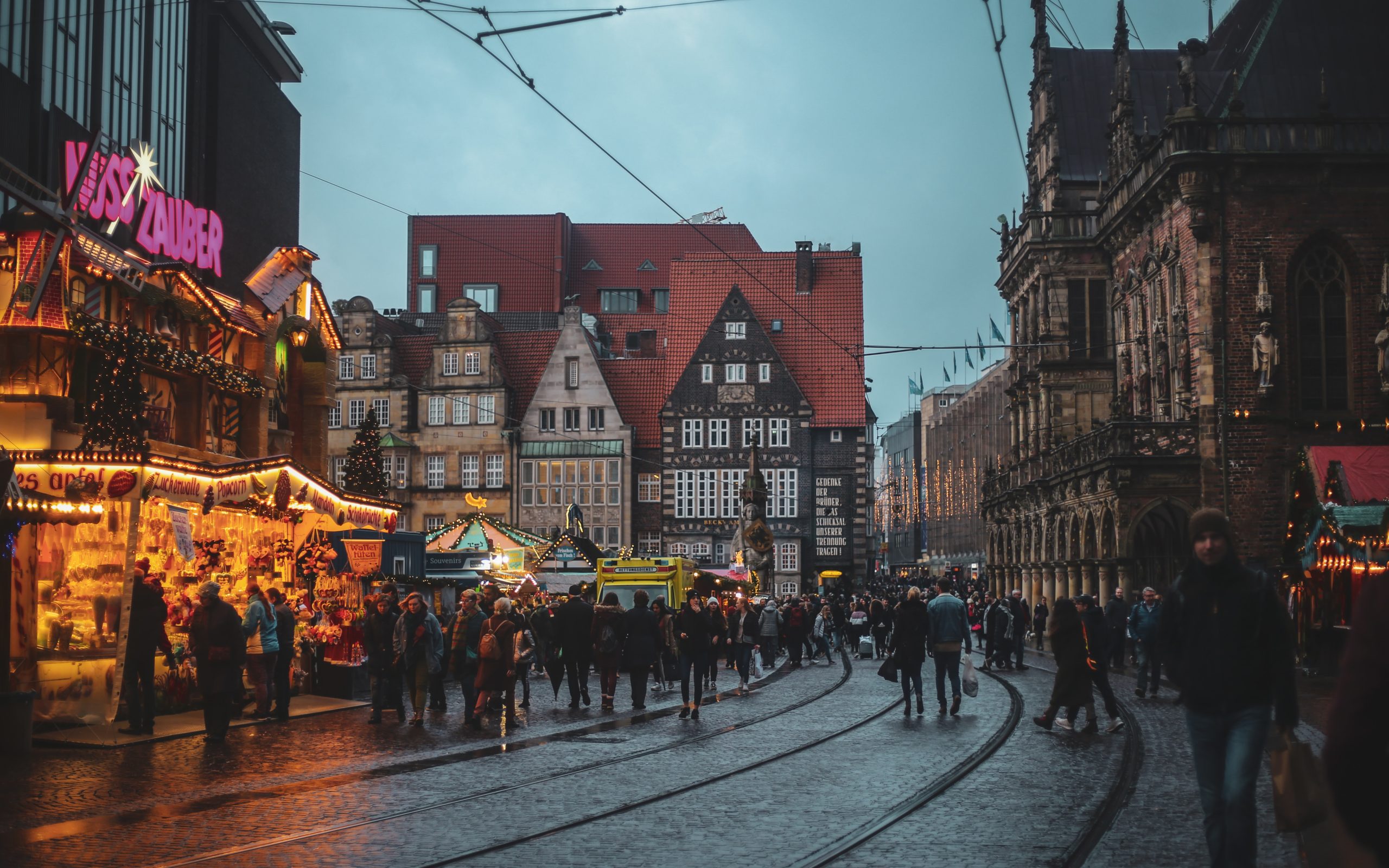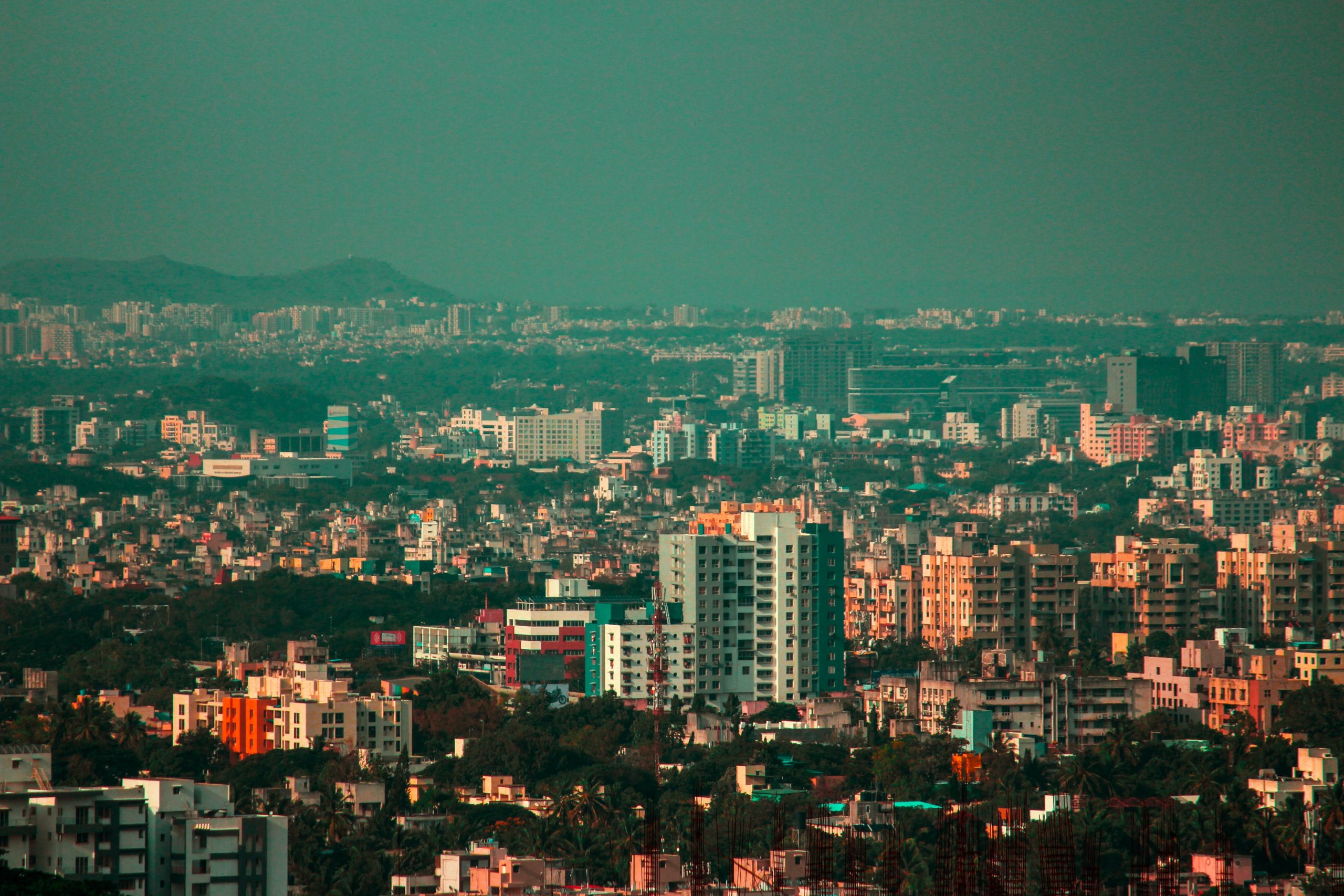
Bremen

Pune
Icebreaker
Goal: To understand the cultural elements and characteristics of their home town/city and compare its characteristics with a city in another country/culture
Objective: This activity will help to explore the knowledge of their home town/city and to reveal how stereotypes are affecting their decision in choosing the other city
Group size: variable
Materials: Pen and paper, flip chart or whiteboard with markers
Procedure:
1. Ask the participants to group together based on the city they are coming from
2. If there is only one person available to represent a city, he can either continue to work on his own or can join a group representing a city in which he has good knowledge of.
3. Instruct the participants that they are appointed by the state government to finalize a decision to sign a twin city partnership agreement. By signing that agreement the two cities will engage in the promotion of cultural and commercial ties. The selection of the twin city should be very much similar either culturally or in other ways and easily matched using the criteria they develop. It also strengthens bonds of friendship between a city and the twinned city in another country. The Twin city model promotes exchanges in the area of trade and investment, also in the areas of technological growth and excellence, the twinning should take place between recognized cities having the informal designation of commercial or business capitals of the countries concerned in keeping with the potential for a high level of cooperation and collaboration in the above areas.
4. Show one or two real or fictitious examples to the participants on a flip chart or whiteboard
5. The criteria could be geographic similarity, a similarity of events, cultural practices, language, behaviors, or any other significant variables. From my experience, the participants need much more specificity so I would, not only give an example but make the instructions quite specific: e.g., the criteria could be geographic similarity, weather patterns, population size, etc. The more specific your instructions, the more likely people will enjoy the exercise.
6. Review the perceptions of the group and find out the issues with stereotyping.
7. This activity will bring new insights for the participants on their perception of their own city and culture compared with another culture.
8. The participants can change their twin city or confirm the original choice after the discussion
Note: It might be a challenge to differentiate between stereotype and reality at the beginning, especially if you do not have much knowledge of the city of the participant selected. However, it is a good exercise to collect the opinions from different participant workshops and compare them to see if it gives some direction.
